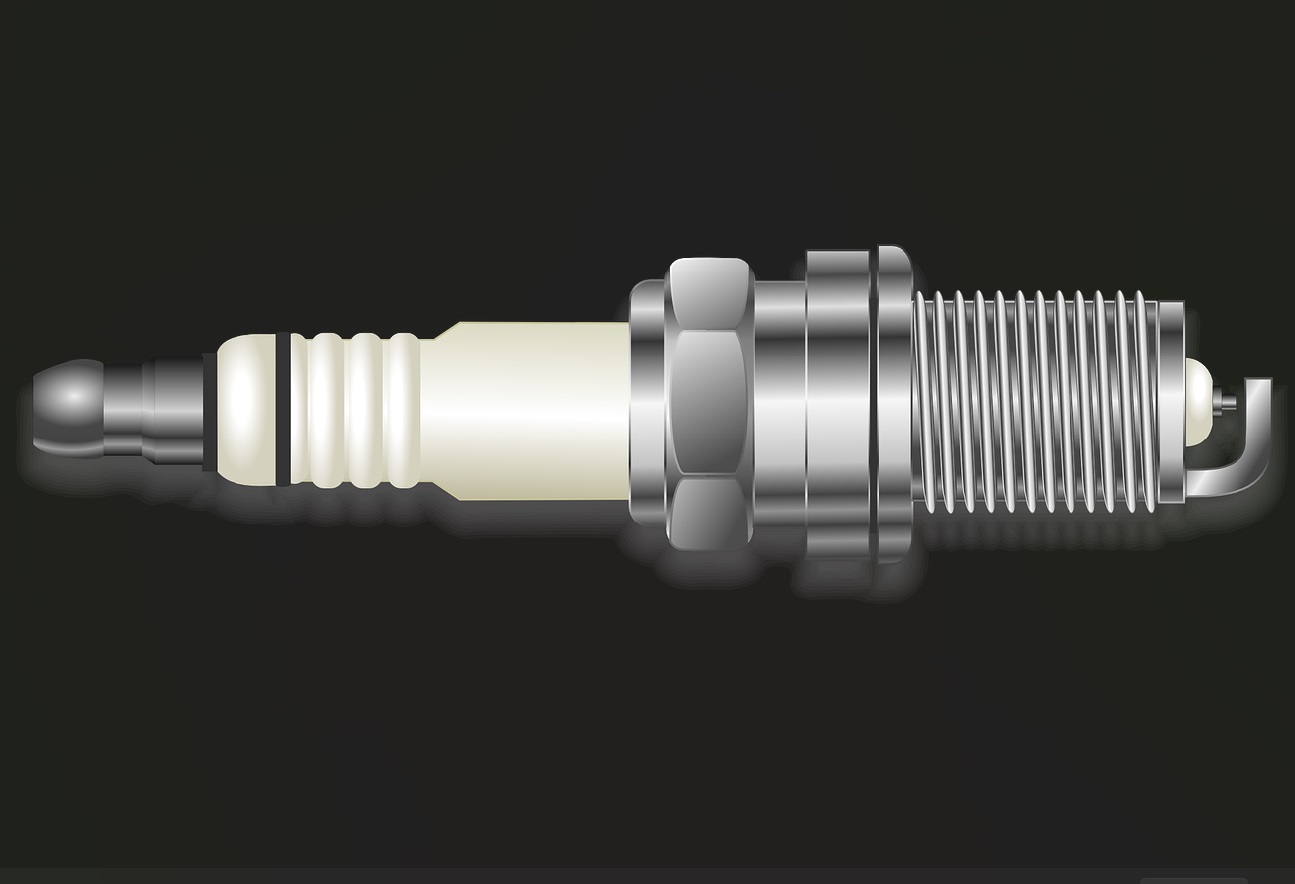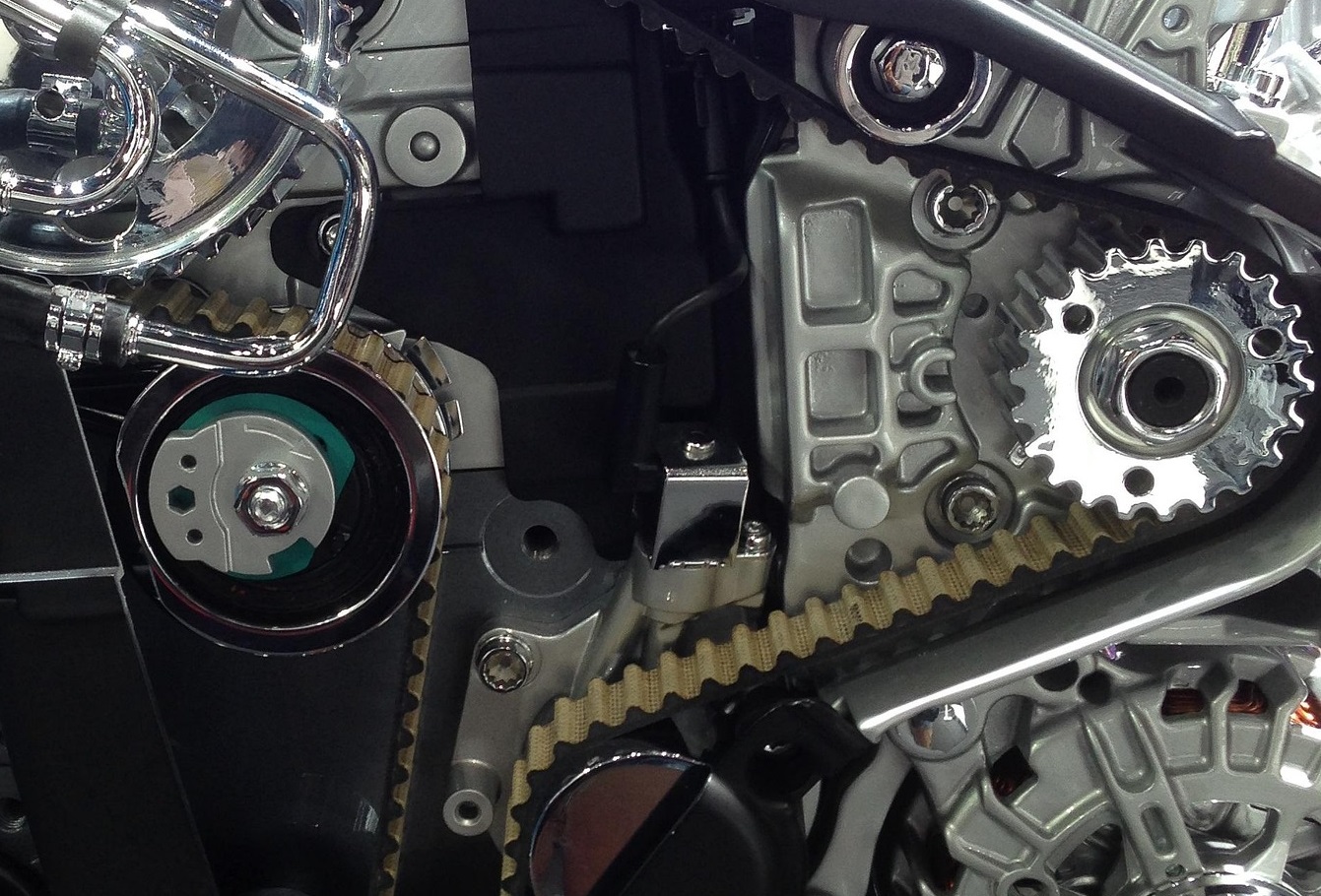- Visual Inspection: Check for Visible Damage, Look for cracks, dents, rust, or other signs of wear and tear.
- Inspect for Corrosion: Ensure there’s no rust or corrosion, especially on metal parts.
- Examine Wear and Tear Look at Moving Parts: Check for excessive wear on gears, bearings, and other moving components.
- Assess Rubber and Plastic: Inspect hoses, seals, and gaskets for cracks or brittleness.
- Verify Part Numbers Match Part Numbers: Ensure the part number matches the one you need for your vehicle.
- Check Compatibility: Confirm compatibility with your car’s make, model, and year.
- Test for Functionality Manual Testing: If possible, manually test the part to see if it functions correctly.
- Electronic Components: For electrical parts, ensure they power on and operate as intended.
- Ask About History Usage Information: Find out how long the part was in use and from what type of vehicle it was removed.
- Confirm Authenticity Verify Manufacturer: Ensure the part is genuine and not a counterfeit.
- Check Branding: Look for official branding and markings.
- Avoid Suspicious Deals: Be wary of deals that seem too good to be true.
- Get Professional Help Consult a Mechanic: Have a professional inspect the part if you’re unsure.
How to Inspect Used Car Parts Before Buying: 11 Key Points
Categories:


